To be frank, E6 isn’t EZ. If you’ve read anything about slide film (E6 or reversal film) online it is that to unleash the real potential of it’s magnificent deep colour palette, you have to nail the exposure down to 1/3 of a stop. Otherwise the picture will be blown out or be black as night time. Looking at the price of a roll of Ektachrome E100 or Provia 100F I suppose it’s no wonder that this film type is far less popular than the colour negative options of Kodak, Fuji and Lomography.
For years I didn’t even consider buying a roll of slide film, I mean who in their right mind thinks colour negative film in a manual camera is too little hassle to take a picture? Yet after looking in awe at photo books from amazing photographers like Alex Webb, Harry Gruyaert and Arthur Meyerson time and time again who all shot slide film (Kodachrome is technically not E6, but has the same characteristics) I kept asking myself: If they can do it in all sorts of challenging and changing lighting scenarios, what is the worst that could happen?
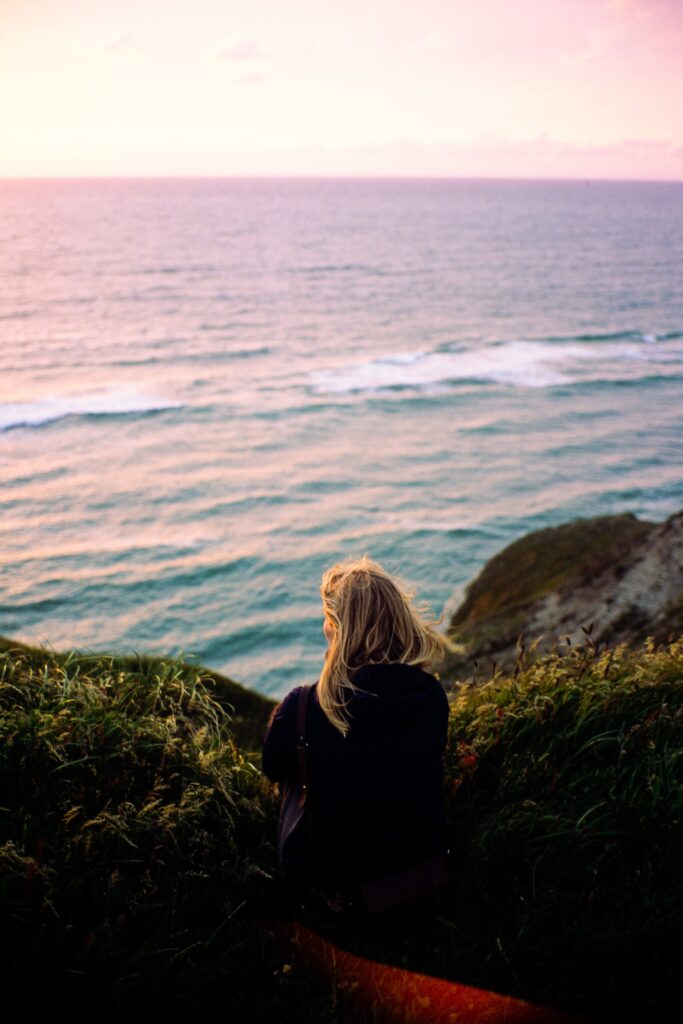
A little background info on me as a photographer. My name is Lasse, I’m 28 years old, and I live in the tiny country of Denmark in a charming town called Aarhus. Like many of you I am a hobby photographer enjoying my creative outlet besides my job as a mechanical engineer and my pursuit of triathlon.
When my girlfriend introduced me to analog photography back in 2019 I fell deep very quickly. The fantastic world of old cameras, mostly mechanical, and the tactile feedback of the advance lever just sucked me in with incredible speed. I bought cameras in thrift stores, I bought film, more cameras, more film. I took pictures of everything and everyone I know and only the tight budget of a student stopped me advancing into more delicate cameras. I spent hours and hours on Instagram and YouTube admiring photos from influencers and quickly got the idea that analog photography was about shooting gas stations and going to Grand Tetons, WY, with an RZ67 and Portra 400.
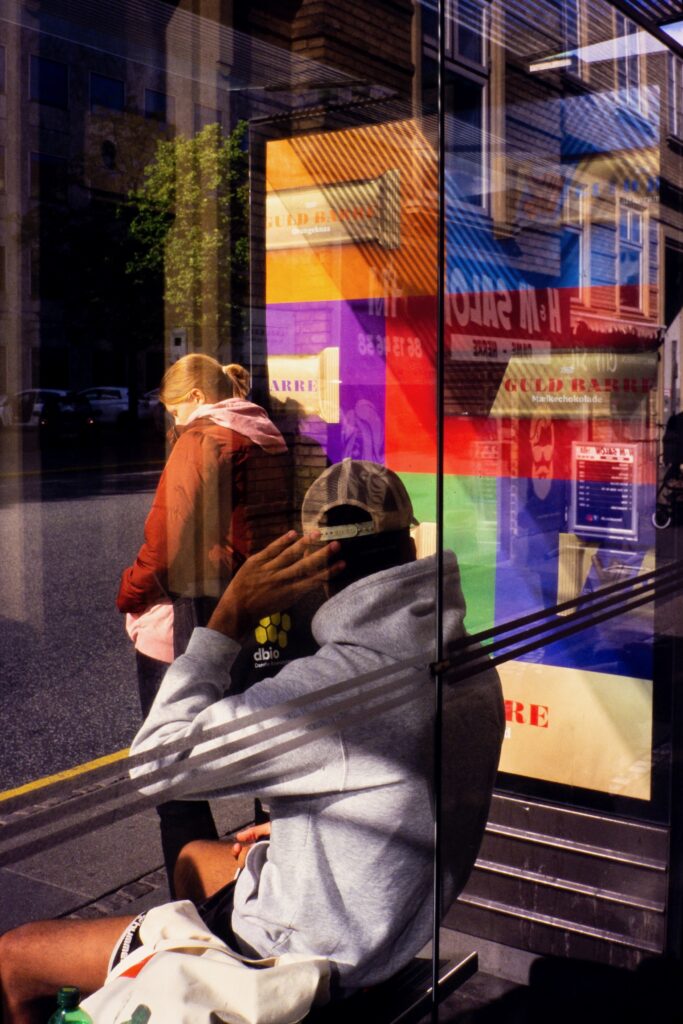
Over time this led to an incredible frustration, suddenly my mentality was being more and more restricted to fit my photography into the same nice box as mainstream posts on Instagram and I lacked freedom to shoot what I liked. This will be a story for another time, but I ended up letting go of Instagram for inspiration and instead focus on taking a lot of photos, reading photo books from the greatest photographers I know as well as reading magazines with photo essays to learn from some of the best through time. I ended up buying a beautiful Leica M6 (yes, I know I am a sheep) which I often bring with me on walks around Aarhus or on longer trips. I have tried many amazing SLRs and rangefinders but I have more fun when shooting my Leica, so that is the camera of choice. Equipped with either a 35mm 7Artisans or the 50mm Summicron V3. Both lenses are plenty good for me.
Back to the slide film. A few years ago I read Joel Meyerowitz’s book How I Make Photographs and in the end of the very last page he reveals his method for metering film perfectly every time. He curves his hand in front of the camera to simulate the light on the subject, thereby metering in advance and winning valuable time in the hectic world of street photography. I realised that if he could meter this way for vintage films with little latitude, then I would be able to do this for any newer slide film and not be too far off. I compared shutter speeds up against my external light meter in all lighting scenarios I could think of and it actually worked in all scenarios!
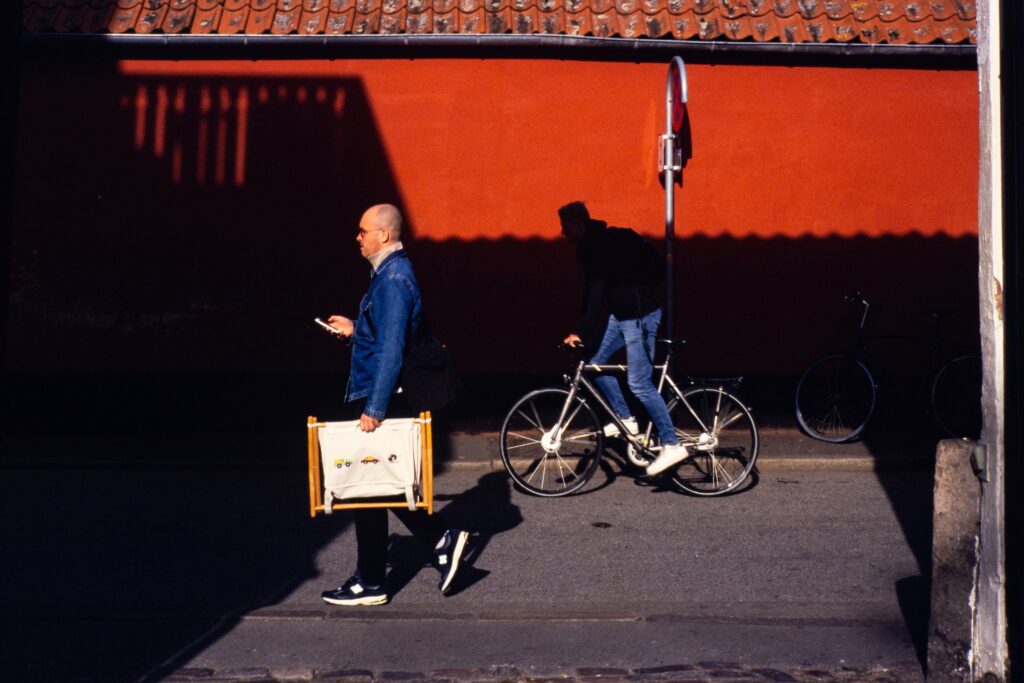
I went straight to the camera store and bought a roll of Ektachrome E100 slide film. My body was filled to the brim with excitement as I loaded my Leica, I took to the streets and shot away in my local town. Everyone can recall the feeling of looking at your first roll of developed film or seeing your first picture come to life in the developing tank. This time it was magical. Looking at the pictures in their true colour right there on the film roll! I remember sitting on a bench in the town square holding the film up against the sun to see the pictures lit up. Three or four pictures with blown highlights, but more than 30 were absolutely perfect for me. The rendering of the blacks and the colour palette was incredible in my opinion, even though I could see that some images would have done better in colour negative. I needed to shoot more!
But that film was not cheap! Nor was the developing, so what do you do when you can’t afford practicing on fresh Provia or E100? You buy expired film… Expired slide film is the greatest gamble of all films. Either you get a lower contrast image that retains most of its colour characteristics or you get a magenta soup of disappointment. Nothing in between.
I will say though that I have been lucky 80% of the time, but I have been 180% disappointed with the remaining 20% of rolls I got back. I can clearly see why few people would do this. Sane people that is. I have enough self-awareness to know I don’t fall inside of that spectrum.
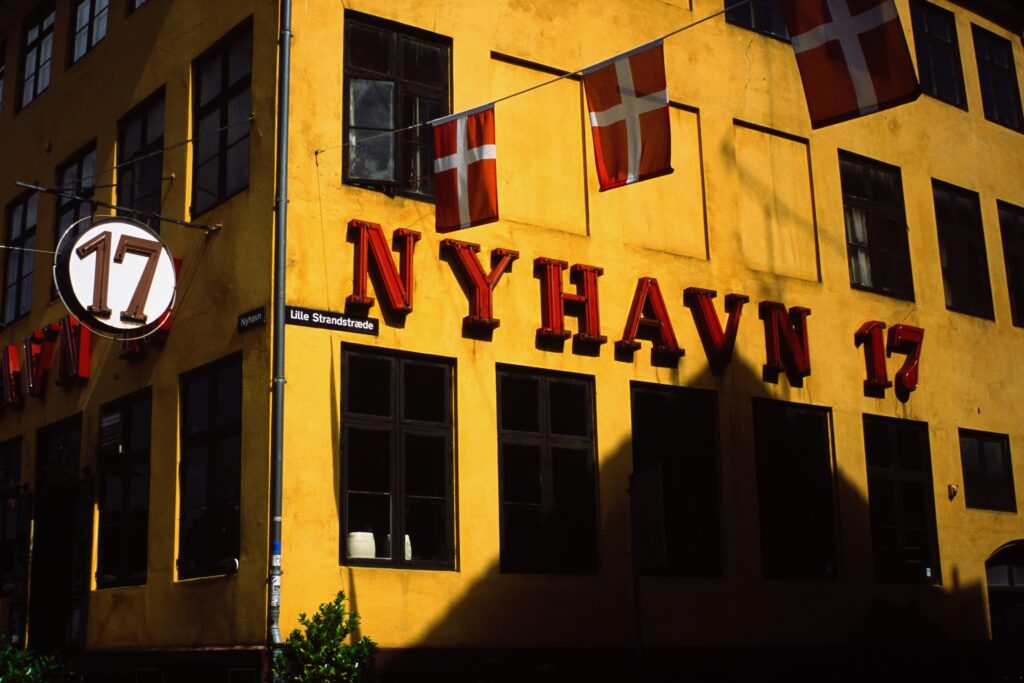
So why do I still do it? I keep asking myself that question still. A big part is down to the amazing roll-off in the blacks. I love to play with as little information in the photo as possible yet still have a clear subject and story. Slide film lets me crush the blacks beautifully and retain depth in the well-exposed parts of the imaging without the whole picture drowning in contrast.
When the subject has clear colours they tend to render extremely clearly in slide film without bleeding as I sometimes see in my colour negative pictures (this might be a scanning issue on my part, do enlighten me if you know why). Another part is looking directly at those small magnificent squares directly on the film roll, all lit in it’s beautiful original colour based only on the colours that refracts in the lens and the chemicals that are used in the film.
But the biggest part is the challenge. The thrill! It is hard to shoot slide film, it’s risky! It takes focus, flow and experience to do it in the streets comparable to pottery making. You need to know what you do in advance and keep the cool overview of everything inside and outside of the frame in your viewfinder. Nail the exposure, focus, frame and shoot. If you hesitate in the process, you will not get that picture just like your pottery tea cup will fly off the ceramics wheel if you ease off your touch.
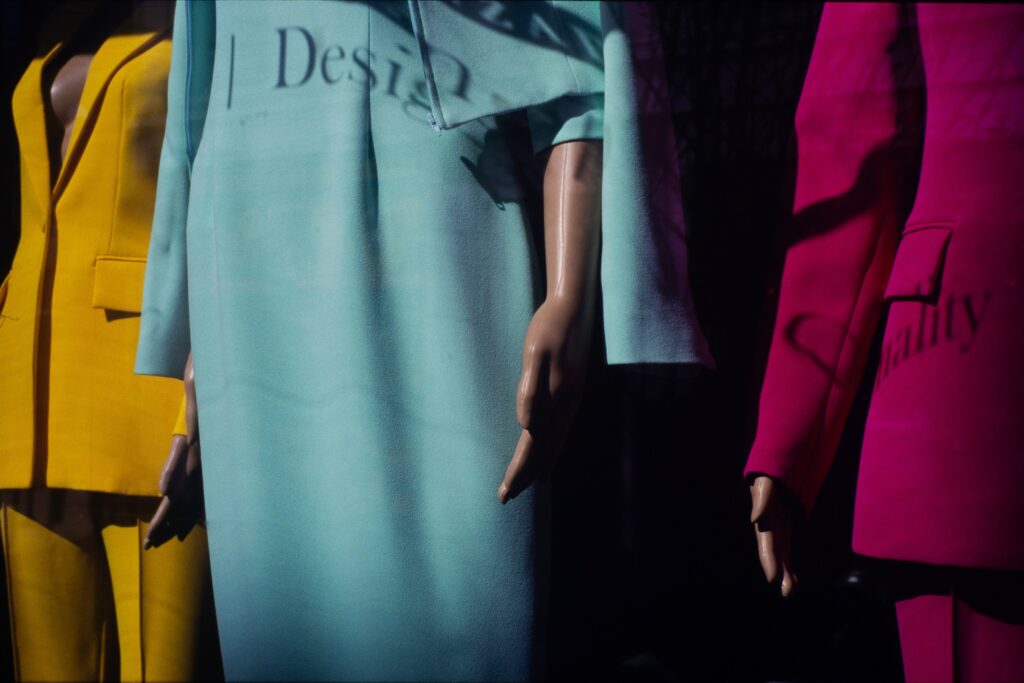
It’s definitely not for everybody, but I made this article to inspire one or two of you to challenge yourself. And when you get the roll back from developing, do take a moment to absorb the feeling of excitement and victory when you gaze at the minuscule representations of real life in magnificent colour!
Thanks for taking the time to read my story, I would love to hear your experiences and also your questions if you have any. You can find some of my photos on lassebakandersen.myportfolio.com. Cheers!
Share this post:
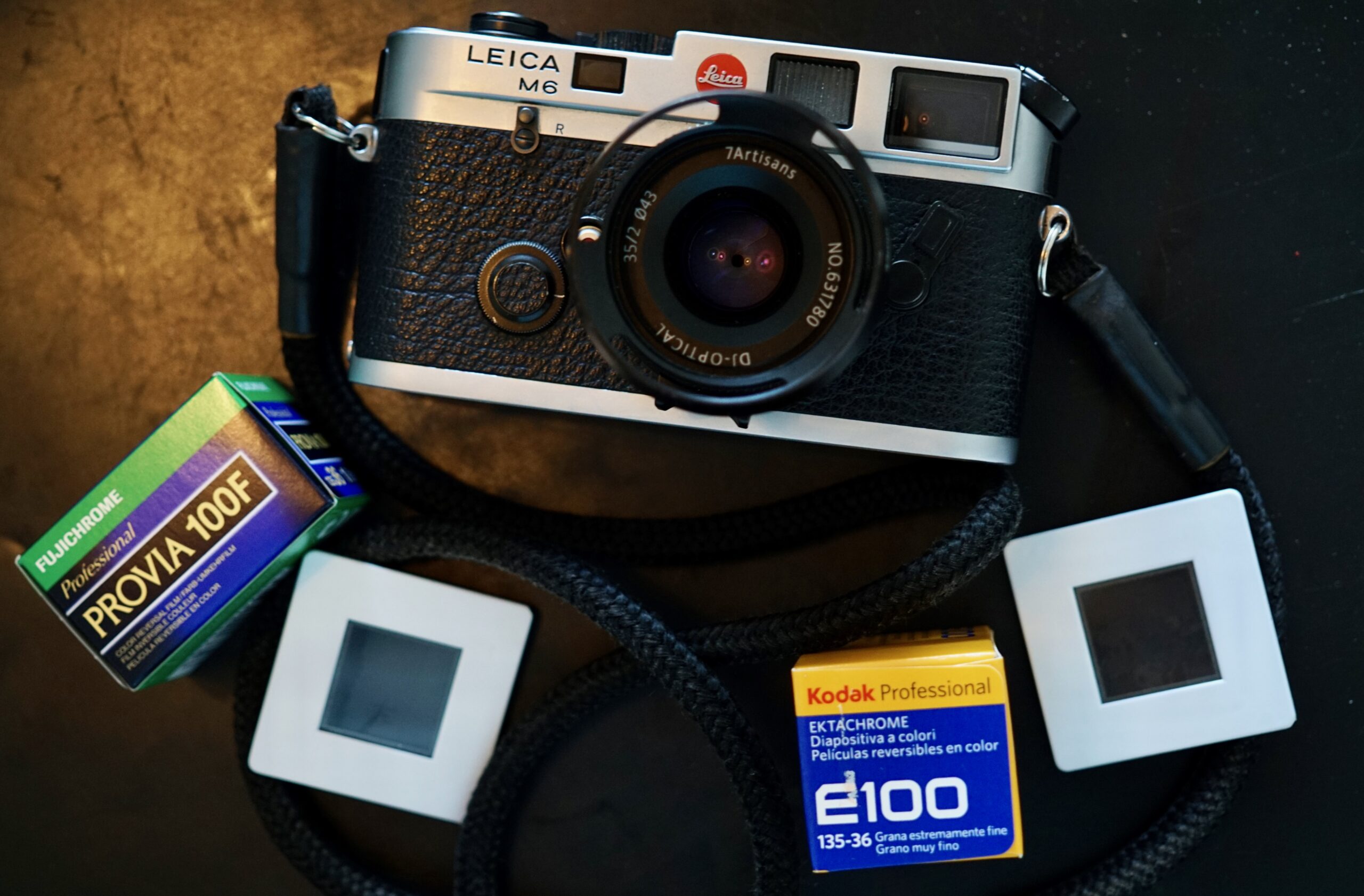
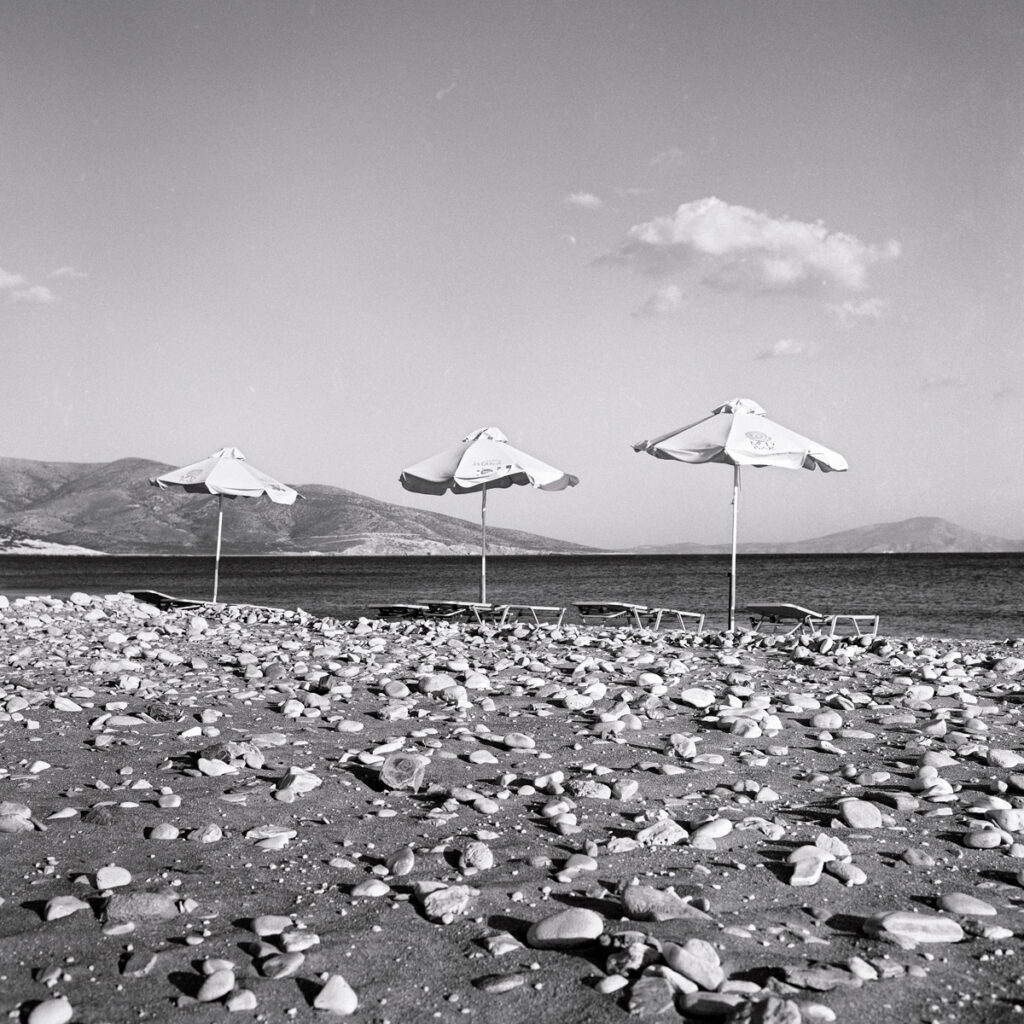
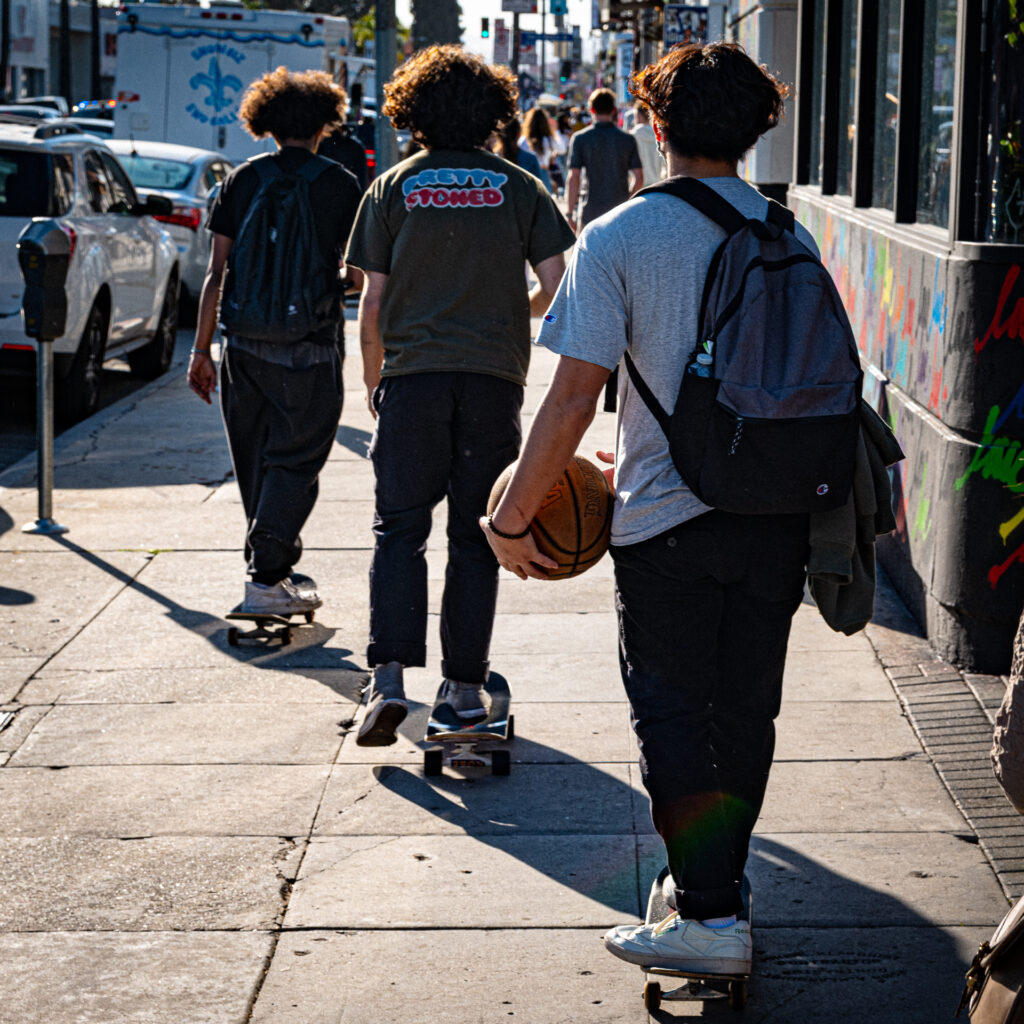
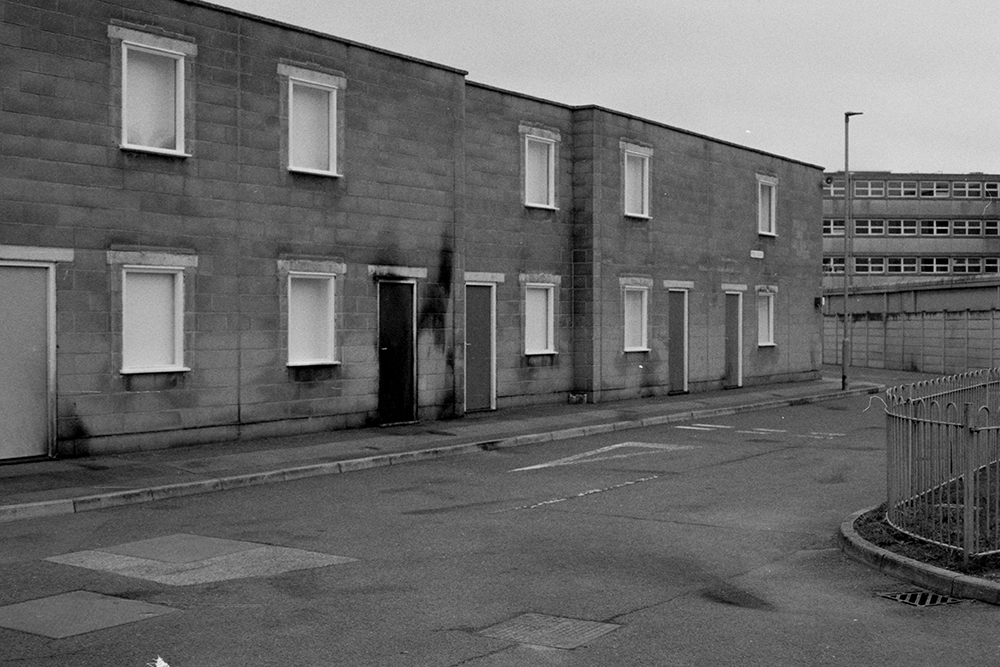
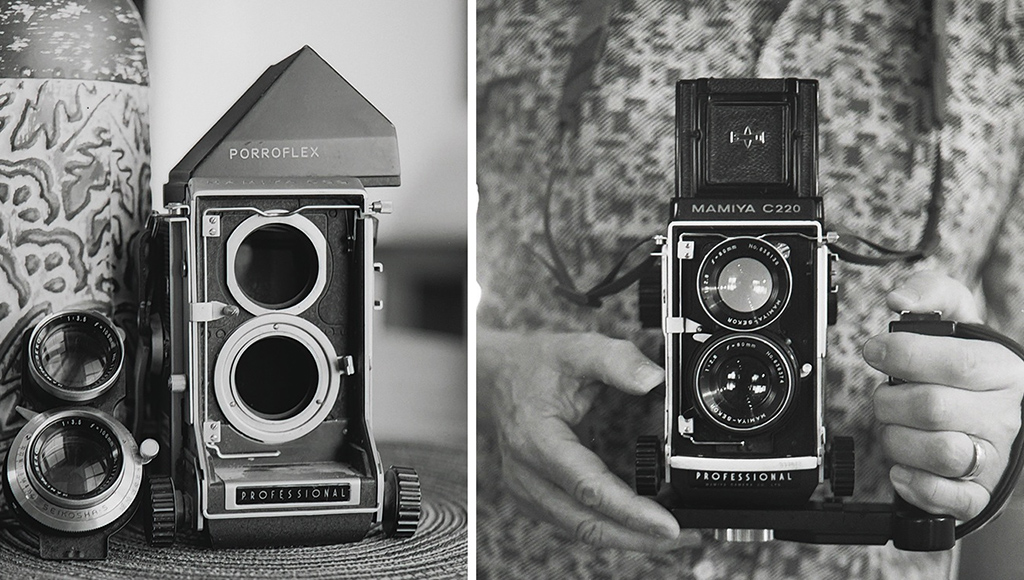




Comments
Tim Bradshaw on 5 Frames with a Leica M6 and Slide Film
Comment posted: 24/08/2024
But I must take issue with the third-of-a-stop-for-reversal-film claim. I know it is very widely quoted but it's just not true, and I think it puts people off.
If you look at a lot of the great older work done on small-format slide film, then it's just immediately clear that the claim is not true. There is more, often much more, variation across a scene than 1/3 stop, the meters people used were unlikely to be accurate to 1/3 stop (and were averaging meters), the shutters in their cameras (let's not call the Leica-fanpeople down on us but ... also probably yours) were neither accurate nor repeatable to 1/3 stop, the lenses might have had half-stop settings, and so on. Saul Leiter used expired film a lot of the time, and he made Early Color.
In my own work I've had results I like a lot using a lens at a fixed aperture and a metered manual camera with shutter speeds a stop apart and a meter that was reads to 1/2 stop with Ektachrome.
The trick with slide film, I think, is to underexpose a little unless the highlights have intense colour in them. But don't worry about thirds of a stop unless you're shooting large-format with a spot meter.
What actually makes slide film hard is that it's now so brutally expensive that if, like me, you like to work on a project by going somewhere and using a couple of rolls of film then you've burnt through most of the the cost of the camera and lens you're using in an hour.
Comment posted: 24/08/2024
Comment posted: 24/08/2024
Comment posted: 24/08/2024
Comment posted: 24/08/2024
Bill Brown on 5 Frames with a Leica M6 and Slide Film
Comment posted: 24/08/2024
I came into photography (1970's) when Kodachrome 64 was the preeminent film stock of choice for documentary photographers shooting color. One of my first jobs was for a documentary photographer named Bank Langmore. (Look up Bank and his youngest son John's work) Bank had recently finished a three year personal photo project of documenting the American range riding cowboy of the 1970's. It was mostly shot on b&w film but there were also thousands of color slides. He shot over 20,000 frames of film for this project. One of my first jobs was re-sleeving all those transparencies. It took me weeks to finish but I got to see all those shots. It was as if the visual input was shot directly into my veins as it were. Bank didn't hesitate to shoot in sketchy light situations with such a slow film emulsion like Kodachrome 64. The results were images that possessed an immediacy and almost mystical appearance at times because of that sketchy light.
I also got the opportunity to assist him on his next commissioned project of documenting San Antonio, Texas and the surrounding area known as the Texas Hill Country. It was 1980. Bank was shooting exclusively on K-64. He photographed people, landscapes, and architecture under daylight, sunset, sunrise and nighttime conditions. For the vast majority of shots he bracketed using three different exposure settings. One normal, one over, one under. I mimicked this practice in my own shooting for awhile but I couldn't afford to loose two-thirds of my shots on each roll. But the bracketing helped me learn how my camera was metering various lighting conditions and eventually I got comfortable shooting one frame per scene in most instances. Don't let online talk scare you away from photographing whatever you want. You will learn how to handle each film stock you shoot with and you will be confident to shoot in whatever light that exists at the moment.
I like the mannequins in the window. I've done something similar to that. Thanks for posting and I look forward to seeing more from you in the future.
Comment posted: 24/08/2024
Comment posted: 24/08/2024
Comment posted: 24/08/2024
Comment posted: 24/08/2024
Keith Drysdale on 5 Frames with a Leica M6 and Slide Film
Comment posted: 24/08/2024
Comment posted: 24/08/2024
Jonathan Leavitt on 5 Frames with a Leica M6 and Slide Film
Comment posted: 24/08/2024
Before digital photography, Kodachrome 25 was my favorite. I never liked color, reversal, film, and always shots slides. now I’m exclusively digital for the very reason you mention… The dynamic range of digital sensors. But if you obtained those images straight from film without heavy post processing, it’s all the more impressive.
Comment posted: 24/08/2024
Comment posted: 24/08/2024
John Earnshaw on 5 Frames with a Leica M6 and Slide Film
Comment posted: 24/08/2024
Comment posted: 24/08/2024
Gary Smith on 5 Frames with a Leica M6 and Slide Film
Comment posted: 24/08/2024
You seem to be doing everything right! Very nice colors.
I am however thinking of setting up to do color film processing, but I have yet to decide.
Comment posted: 24/08/2024
Stefan Wilde on 5 Frames with a Leica M6 and Slide Film
Comment posted: 24/08/2024
greetings from Hamburg to beautiful and picturesque Aarhus! I last visited your home town in 2017 and I absolutely love it! Your pictures are lovely, I much like atmosphere of your street walk pictures.
When I started into photography as a 17 year old in the 80s, color slides were just what every amateur did. I grew up with "slide show nights" when people came back from holidays. Those were dreaded occasions as the pictures were hardly ever curated and carefully selected, but you had to sit through everything that came back from the lab. The best thing about these nights tended to be the snacks.
However, I don't remember exposure to be much of an issue. The SLRs of the day handled that very well most of the time and given Tim Bradshaw's comment above slide films seem to be more tolerant than what they seem to get credit for. Otherwise, they would never have become as ubiquitous as they were in the day.
In 2021 I took my Rolleiflex to Rome and shot slide film exclusively, only using the built-in, ~ 50 year old selenium light meter. I am very hawith the results, but maybe I don't peep at them the right way...
Keep the pictures coming and burn through more slide film, looking forward to seeing more!
Cheers
Stefan
Comment posted: 24/08/2024
Jukka Reimola on 5 Frames with a Leica M6 and Slide Film
Comment posted: 24/08/2024
The last time I shot slides must've been... in the nineties, I think. I used to shoot some Kodachrome, but mostly Velvia. My Olympus OM2n had (and still has) a remarcably accurate meter, since most pictures were spot on, exposurewise. Nowadays I shoot black&white.
Very nice photos you posted. Keep them coming.
Comment posted: 24/08/2024
Erik Brammer on 5 Frames with a Leica M6 and Slide Film
Comment posted: 25/08/2024
I recently purchased a Shen Hao 6x17. Time to get some slide film for that one and try to nail every single of the four frames on a roll of 120 film.
Comment posted: 25/08/2024
Jeffery Luhn on 5 Frames with a Leica M6 and Slide Film
Comment posted: 25/08/2024
When I was shooting acres of 4x5 and 8x10 Ektachrome film in my San Francisco studio in the 1980s we always shot a normal and an over and under exposed series of shots for important jobs. Magazines like Gourmet and Architectural Digest demanded large format film with perfect exposures!
We had to bracket because we were using several different cameras with several different lenses with their own shutters. Even though we had the shutters maintained and timed often, minor exposure variations were evident. We processed the normal exposures first and if those were spot on, we threw brackets away without processing them. Thousands of dollars went into the bin. Clients paid these costs, unknowingly in most cases.
On big catalog jobs with hundreds of items, it was easy to predict the results because the same camera/lens was used with similar lighting. When a new batch of film was used, we shot tests. Some films required filtering as slight as 5 points magenta or green. We labeled boxes and kept the film refrigerated. When we encountered a film emulsion we really liked we bought $10,000 worth. Not a big expense for a business that routinely spent at least $10,000 - $15,000 a month on film and processing during the busy time of the year.
My point: If you want consistent results, don't bother with expired film. You have already avoided the variable of multiple shutters, so spend your hard earned cash on one fresh emulsion. Concentrate on refining your metering technique by placing your highlights where you want them. Damned the shadows, because your shooting style uses that negative dark space in clever ways. Keep shooting, shooting, shooting!
Comment posted: 25/08/2024
Harry Weide on 5 Frames with a Leica M6 and Slide Film
Comment posted: 26/08/2024
Comment posted: 26/08/2024
Bradley Newman on 5 Frames with a Leica M6 and Slide Film
Comment posted: 28/08/2024
Comment posted: 28/08/2024